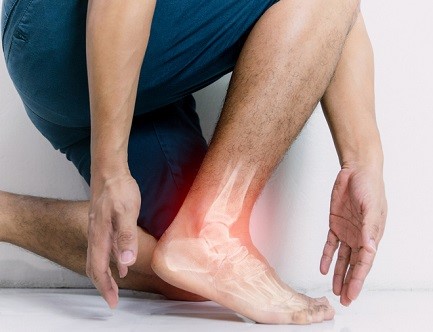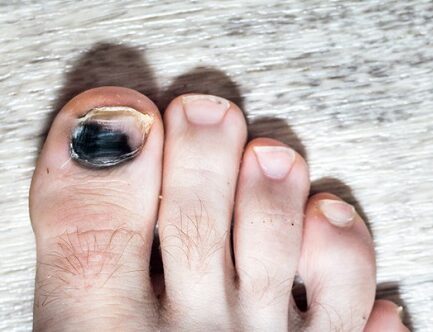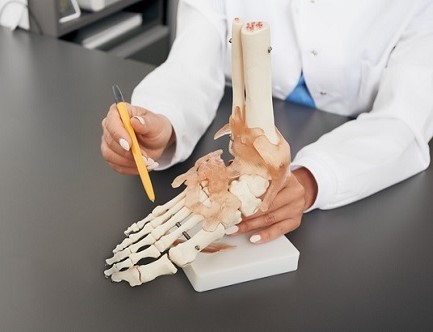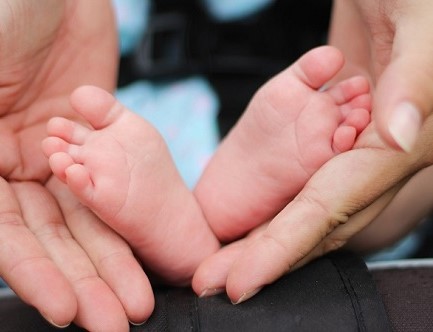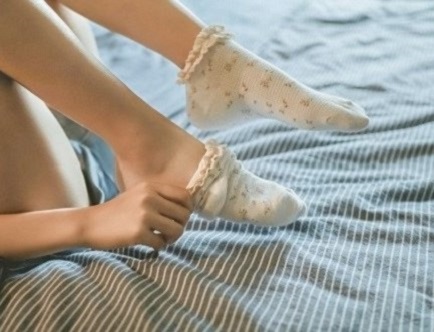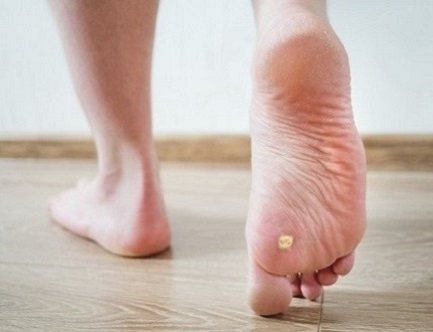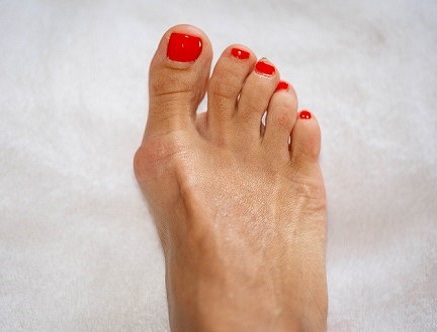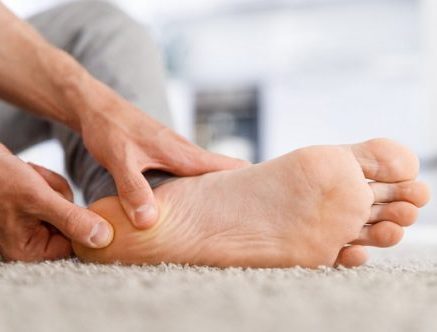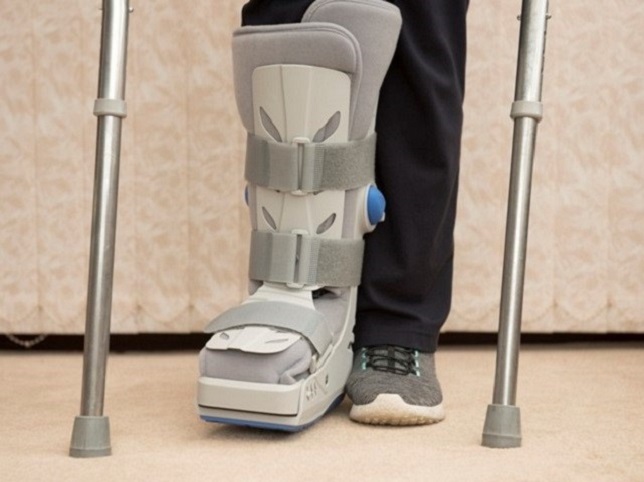Did you know shin splints affect close to 20% of runners? Fortunately our head podiatrist, Trevor Lane, has a special interest in sports podiatry, and is here to help!
What are Shin Splints?
Shin splints, medically known as Medial Tibial Stress Syndrome (MTSS) or Tibial Periostitis, refers to pain along the inner edge of the shinbone, or tibia.
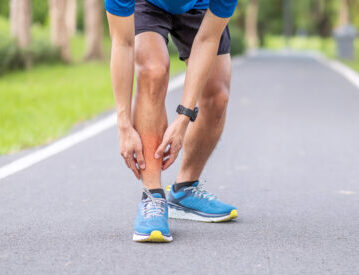
It is caused by inflammation of the muscles, tendons, and tissue, and is commonly experienced by runners, athletes, and dancers due to repetitive stress placed on the shinbone and surrounding muscles.
In fact, shin splints affect up to 20% of runners and contribute to close to 60% of their lower limb injuries (1).
Symptoms of Shin Splints
Shin splints typically present with one or more of the following symptoms:
- Pain: A dull, aching pain in the front or inner part of the shin. It may start off mild and become more intense over time.
- Tenderness: The inner part of the shin may feel tender to the touch.
- Swelling: Mild swelling in the lower leg.
- Redness: In some cases, there may be visible redness along the shin.
- Lumps or Bumps: In chronic cases, small lumps or bumps may develop due to bone or muscle thickening.
- Worsening Pain: Pain may worsen during or after exercise and improve with rest.
When Should I See a
If, despite resting, you’ve been experiencing the above symptoms for a couple of weeks, or if the pain’s worsening or interfering with your daily activities – we recommend seeing a local podiatrist for shin splints. For those based in or near the Redlands or bayside area of Brisbane, that’s Trevor Lane Podiatry.
We can assess your foot biomechanics (utilising the latest technologies like a digital gait scan), and design a treatment plan to help relieve pain, address any underlying causes, and prevent recurring issues.
Taping up Shin Splints and other Treatments
Depending on your individual situation, your treatment plan may include:
- Rest and Activity Modification: The most crucial part of shin splints recovery is allowing the shinbone and muscles to heal. You’ll be advised to reduce or temporarily stop activities that trigger the pain, and switch to low-impact activities such as swimming or cycling.
- Ice Therapy: Applying ice packs to the affected area for 15-20 minutes several times a day assists with pain and swelling.
- Compression and Elevation: Wearing compression socks, and keeping the leg elevated, to help reduce swelling and support the muscles.
- Taping and Strapping: Taping up shin splints with athletic tape may provide additional support to the muscles and help reduce pain during activity (2).
- Stretching and Strengthening Exercises: Regular stretching of the muscles around the shin, including the calves, helps relieve tension. A podiatrist may also prescribe strengthening exercises to help build the muscles in the area, and help prevent shin splints from recurring (3).
- Orthotics: In certain cases, custom-made orthotics or insoles may be recommended to help correct abnormal foot mechanics which may be contributing to shin splints (4).
- Massage Therapy: Deep tissue massage to alleviate muscle tightness and improve blood circulation, to promote healing.
Prevention Strategies
The wonderful thing about podiatry is that is can be preventative (5). Our podiatrists are able to create a personalised plan for you which may include some of the following shin splint prevention strategies:
- Gradual Training: Increase your exercise intensity and duration gradually to avoid overloading the shins podiatrist for shin splints
- Cross-Training: Incorporate low-impact activities to give your shins a break from high-impact exercises.
- Proper Footwear: Wear shoes with good arch support and cushioning is essential. We can guide you on the best shoes to suit your activity, foot type, and gait.
- Strengthening and Stretching: Regularly perform exercises that strengthen and stretch the muscles of the lower leg.
- Surface Selection: Avoid running or exercising on hard surfaces like concrete; opt for softer surfaces when possible.
Is There a Cure for Shin Splints?
While shin splints can be effectively treated and managed, they may recur if the underlying causes are not addressed. Following a comprehensive prevention plan as prescribed by a podiatrist or sports physician is key to reducing the risk of recurrence (6).
As a trained FMT Therapist with a special interest in sports podiatry, Trevor Lane is experienced in treating the shooting pain of shin splints. If you’re based in the Redlands, book your consultation with us today podiatrist for shin splints
References:
- https://www.ncbi.nlm.nih.gov/pmc/articles/PMC11140428/#:~:text=Shin%20splints%20were%20seen%20in,of%20shin%20splints%20%5B5%5D
- International Journal of Physical Education, Sports and Health 2018; 5(2): 124-125: Effects of kineseotaping on shin splints in runners
- https://www.logan.edu/mm/files/LRC/Senior-Research/2005-Apr-42.pdf
- https://journals.co.za/doi/abs/10.10520/EJC48589
- https://link.springer.com/article/10.2165/00007256-198502020-00006
- https://www.ncbi.nlm.nih.gov/pmc/articles/PMC11140428/#REF2

